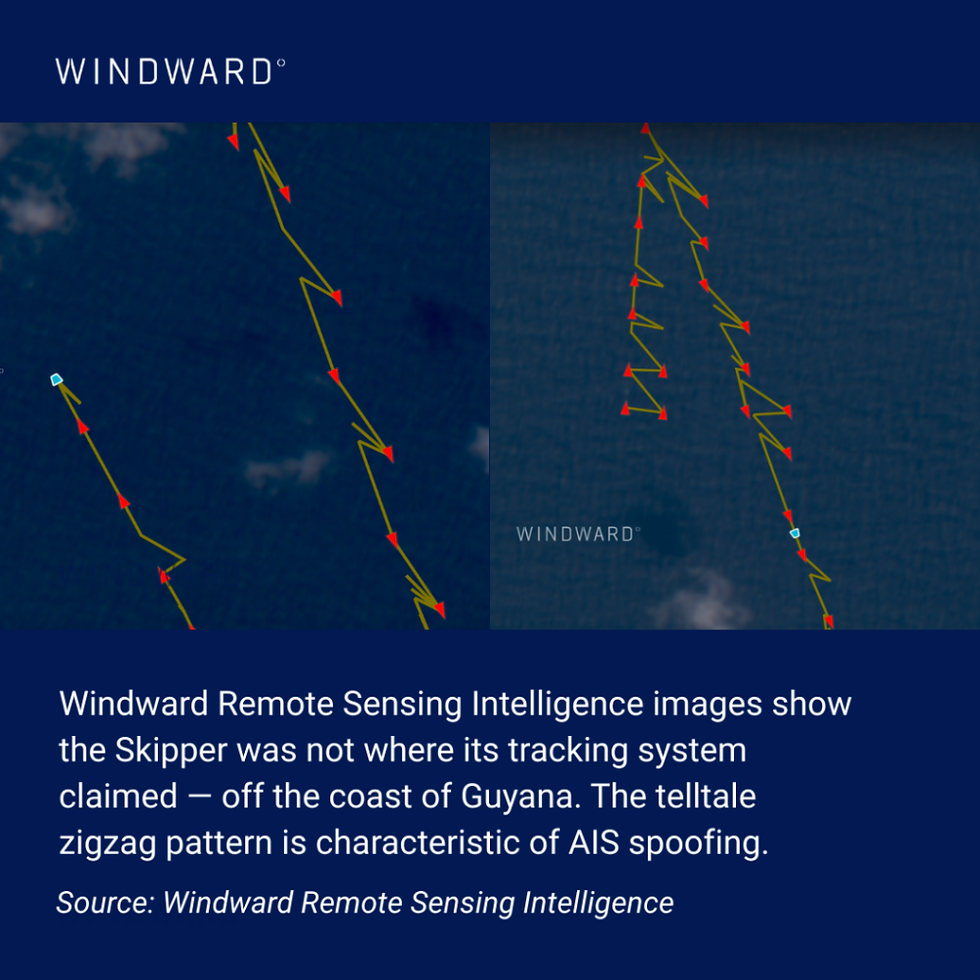Libya’s lucrative fuel smuggling operations sustained by small tanker network
- rorykevinproud
- Oct 31, 2024
- 2 min read
31 October 2024 Lloyd's List
Fuel smuggling out of Libya is a billion-dollar business, but little is known about the scale of the maritime operation that routinely ferries refined petroleum products out of Libya.
A Lloyd’s List investigation has identified 42 tankers over the past two years that have made at least 195 journeys to Benghazi’s old harbour, equating to 1.4m dwt.
Satellite imagery reviewed by Lloyd’s List during the course of this investigation shows a regular turnover of vessels, including larger tankers, at the old harbour. This suggests the true number of calls is even greater and the tanker network is larger than what is estimated because there are vessels operating outside of the normal deceptive patterns that make them even more difficult to trace.

Benghazi’s old harbour on paper
The exploitation of gasoil in Libya has been a problem for more than a decade, with smugglers taking advantage of the government’s fuel subsidy programme to sell the fuel on the black market for profit.
The export of gasoil is considered illegal when not authorised by Libya’s National Oil Corporation. The state-run group has emphasised to the UN Panel of Experts on Libya that no exports are undertaken.
A year-long Bloomberg investigation found that in 2022 as much as 40% of the fuel refined domestically and being imported into the country under the subsidy programme — about $5bn a year — is being diverted into illicit trade.
Benghazi has emerged a hotspot for seaborne smuggling over the past several years.
Benghazi is a key commercial port located in east Libya, and in the northernmost part of Benghazi port on the eastern side is the old harbour (marked in the graphic above).

Patterns of the seaborne fuel smuggling network
The panel identified three modi operandi used by the fuel smuggling networks:
Ships load in Benghazi then sail to international waters, particularly east of Malta, where they offload the cargo through ship-to-ship transfers
Vessels load in Benghazi then sail direct to their next destination and discharge using falsified export certificates
Ships load in one country but below capacity then stop in Benghazi where they are loaded either to capacity or overcapacity. The vessel then proceeds to the next port of call
Lloyd’s List identified* 42 tankers which undertook journeys consistent with the methods described by the panel between January 2023 and August 2024. This accounts for both traceable and “dark” arrivals.
How we can help:
Submit your requirement - A member of the team will reach out within 24 hours
Book a call with the team - Explore which of our 200+ data and analytics solutions align with your needs
Join our network of 50+ partners - Start receiving enquiries and meeting new clients
44 (0)208 050 9806 - Call us directly
Click here to subscribe on LinkedIn: https://lnkd.in/exwPBCNG




Comments